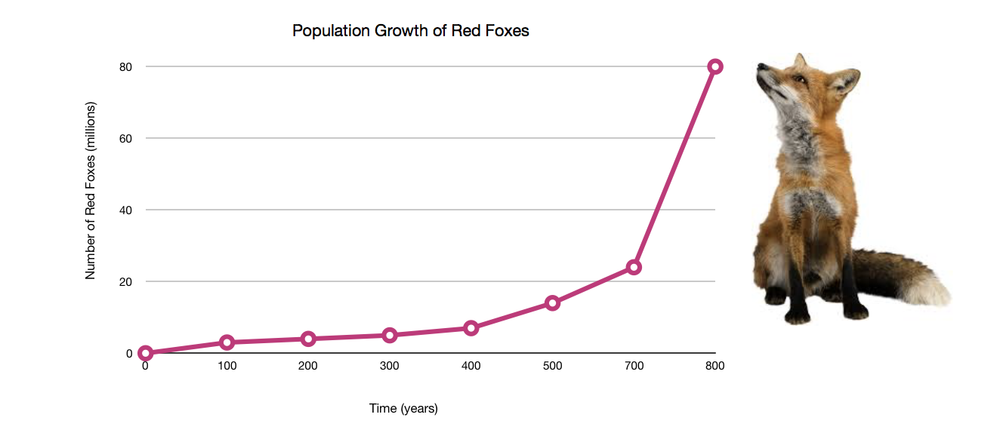
All Solutions
Page 135: Chapter 5 Assessment

**Stage 1:** A country has a high rate of natality and mortality
**Stage 2:** The rate of mortality stops, but the rate of natality remains high.
**Stage 3:** The natality falls to meet the mortality rate.
Since the old age group is greater in numbers compared to the younger age groups, the following predictions are made:
a. There will be a higher death rate compared to birthrates.
b. The future population growth rate will decrease or slow down.
Therefore, Town A’s growth curve will show an S-shaped pattern which indicates a logistic growth.
Since the younger age group is greater in numbers compared to the older age groups, the following predictions are made:
a. Married women will increase the fertility rate.
b. There will be a higher birth rate than the death rate.
b. The future population growth rate will increase.
Therefore, Town B’s growth curve will show a J-shaped pattern which indicates exponential growth.
1. Birthrate
a. What is the birthrate ten years ago?
b. What is the birthrate five years ago?
c. What is the birthrate for the current year?
2. Death rate
a. What is the death rate ten years ago?
b. What is the death rate five years ago?
c. What is the death rate for the current year?
3. Compare the birthrate and death rate. Is the birth rate higher than the death rate?
4. What is the age-structure of the population?
5. Is there any child policy imposed in the country?

